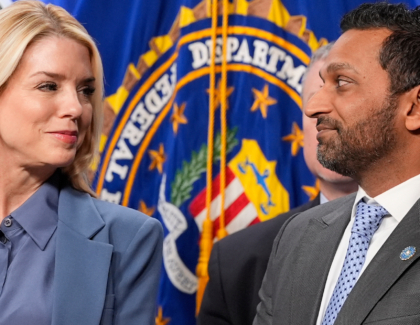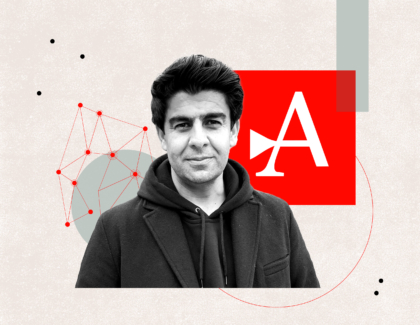Sign up for the daily CJR newsletter.
When Avi Selk set out to write the story that would soon become a viral sensation, inspiring tweets from Barack Obama, Mark Zuckerberg, and Hillary Clinton, he didn’t even expect to make the front page.
The Dallas Morning News reporter got a text from a local activist about Ahmed Mohamed, a 14-year-old Irving, Texas, boy who took his homemade clock into school to show his teacher–and ended up being handcuffed and arrested on suspicion of building a hoax bomb. A lot of the activist’s suggestions hadn’t panned out, but Selk suggested to his editor that this one might be worth pursuing.
“I said this could be a story–or we could just blog it,” he recalled. The editor assured him this one would go into print, as well as online.
Meanwhile, the local NBC station was following the same lead, and actually got out the first tweet, promoting its on-air coverage. The newspaper and station posted web stories around the same time Tuesday evening–but it was the Morning News article that launched the national furor over Ahmed’s arrest.
By noon the next day, the hashtag #IStandWithAhmed, started by a college student in nearby Arlington, was getting 2,000 tweets a minute – and Barack Obama was weighing in. Invitations also came in from Facebook, Twitter and Google.
Meanwhile Ahmed’s sisters set up a Twitter account for the high school freshman, who hadn’t had a social media presence to speak of. By Friday morning the account had almost 92,000 followers, and the hashtag had 1.2 million tweets. At DallasNews.com, the Morning News’ website, the original story topped two million unique views. And Selk–now working with two-coworkers, Julie Fancher and Naheed Rajwani–wasn’t just covering a local story, but the national reaction to the events.
Like Ahmed himself, The Dallas Morning News is embracing the digital world after some prodding, though it has long had a web presence. Late last year, the paper poached FiveThirtyEight’s Mike Wilson to serve as editor–the first outsider to play that role in about 35 years. Wilson was hired in part because of his experience at an online-only publication, and he is planning a restructuring of the newsroom to make digital the priority. The first step in this journey was a painful one: buyout offers to 167 employees across the company’s publications. That’s designed, in part, to free up funds to hire “digital journalists.”
No matter how digitally savvy, local papers aren’t usually known for their ability to identify which stories will go viral. Nor should they be, says Jeff Sonderman, deputy director of the American Press Institute. (Disclosure: I do consulting work for API).
In terms of growing digital audience, there is at least the potential for some long-term benefit from viral hits, Sonderman says. A story that goes viral nationwide is probably also viral in the local market, perhaps gaining some new readers. A larger metro paper like the Morning News could also be in a position to build a national “franchise” topic–a subject for which they’re known nationwide and which they devote significant resources to–and a viral story could help with that.
On the other hand, “most publications sell ad inventory based on the amount of traffic they normally get, so when a publisher gets a big unexpected spike in traffic they often don’t have enough ads pre-sold to profit from it greatly,” Sonderman says. “It may even cause problems, if all the inventory purchased by local advertisers for the month gets consumed quickly by these one-time visitors who don’t shop in that market.”
Local news outlets can take steps to be ready to take advantage of a viral hit, Sonderman says–for example, they can sell standing orders to national advertisers, who would then pay for ads on the rare items that do well nationally. But this is probably not worth the effort.
“It’s a bit like standing near a casino’s roulette table just thinking to yourself ‘I’d bet on 18,’ and spin after spin, other numbers come up and you think nothing of it,” Sonderman says. “Then eventually the ball lands on 18 and you’re kicking yourself for not betting.”
The social media world is often like that. It’s near-impossible to predict when stories, or even which versions of the same story, are going to go viral. Just ask NBC DFW: the early tweet by one of its reporters with news of the arrest was not retweeted once. A tweet 24 hours later by the same journalist, about Ahmed’s family buying pizza for reporters, was reshared 9,000 times. Viral hits are less like front-page decisions, and more like free pizza: a lucky occurrence that journalists can try to be ready for, but can’t control.
Has America ever needed a media defender more than now? Help us by joining CJR today.







